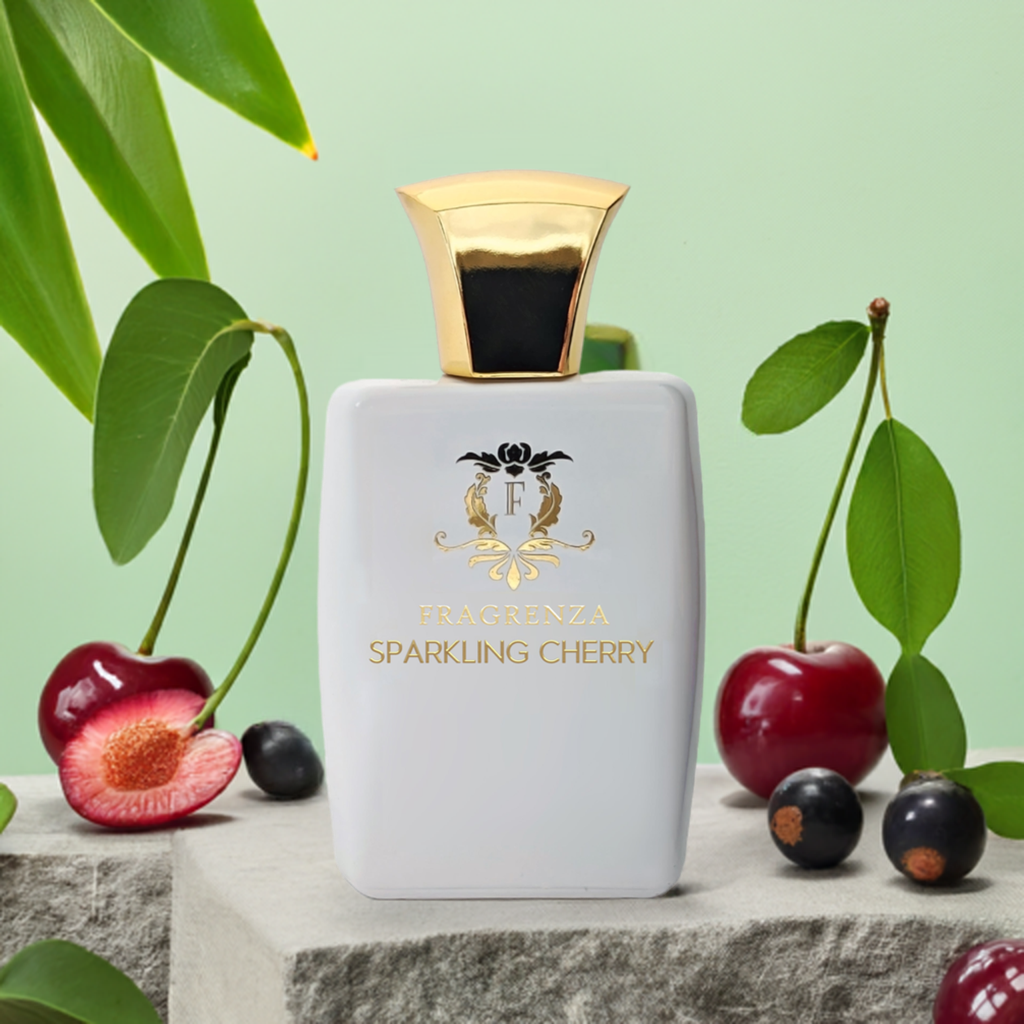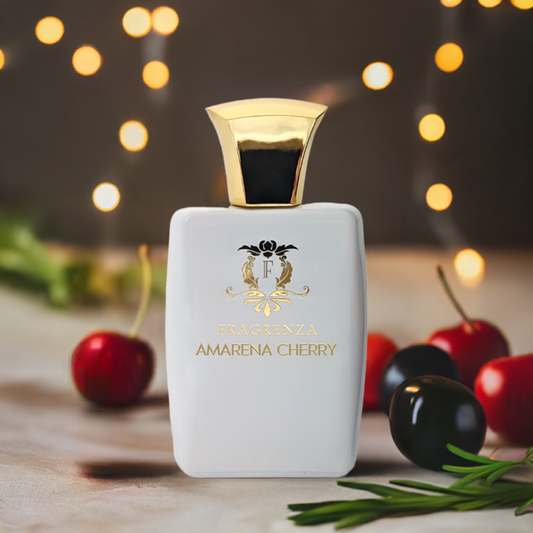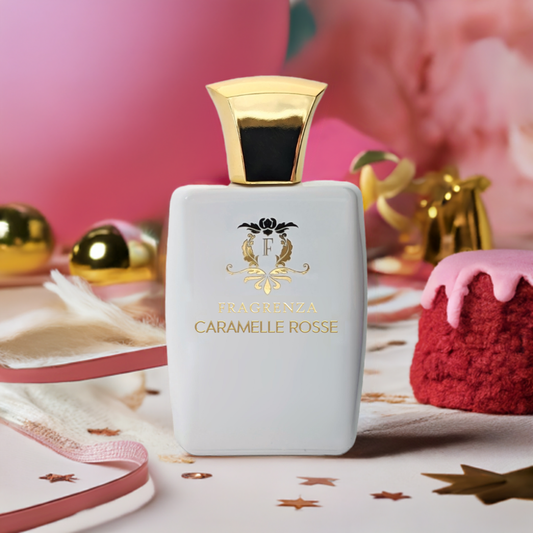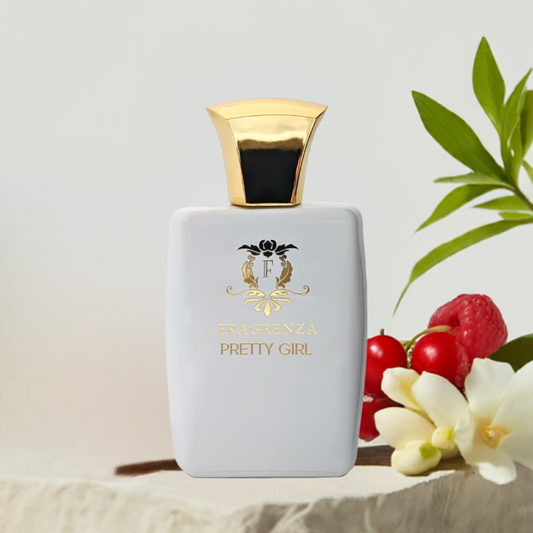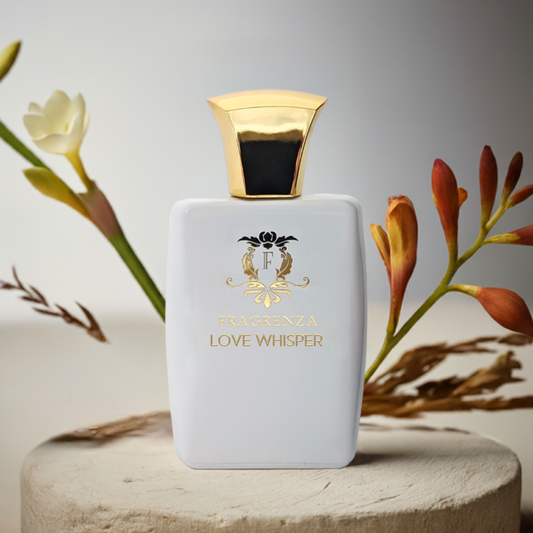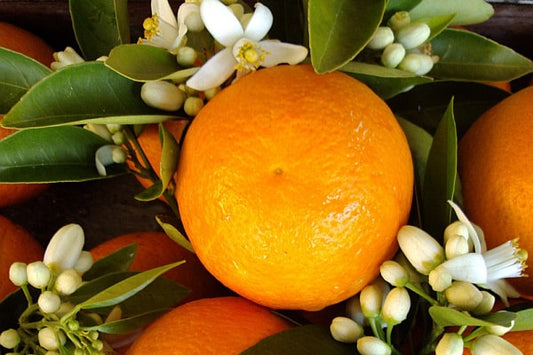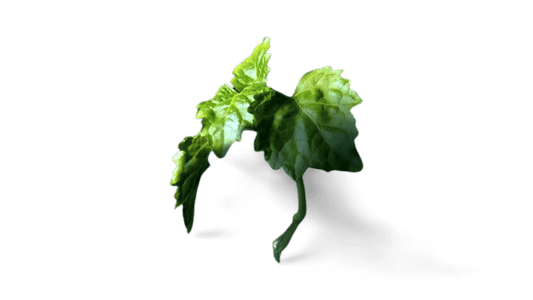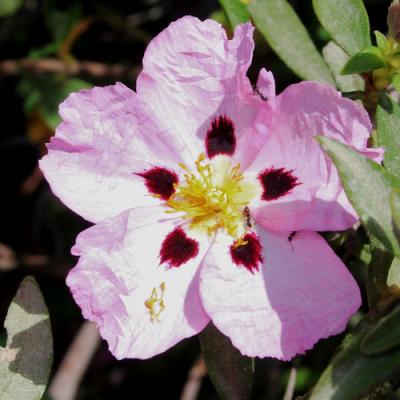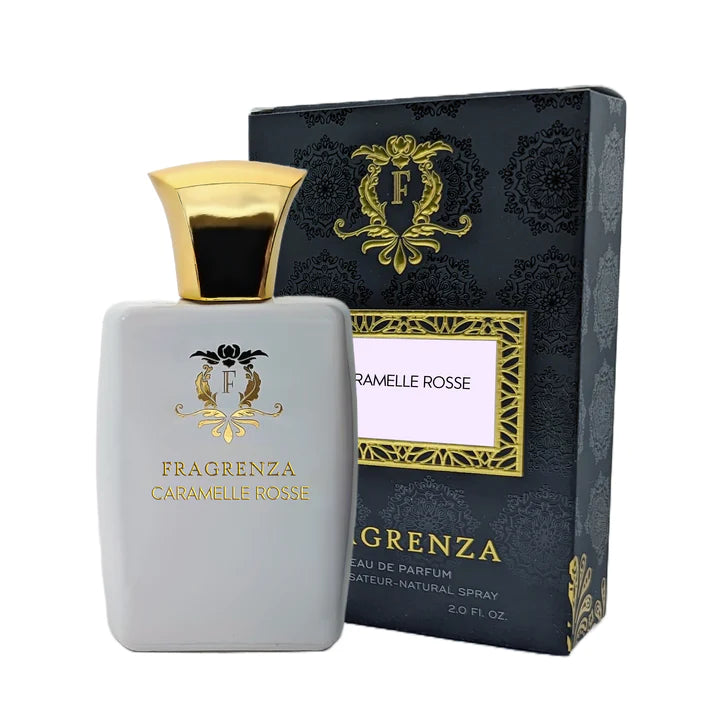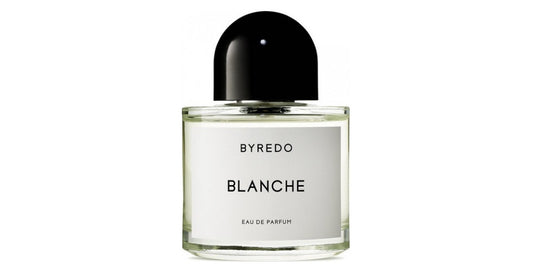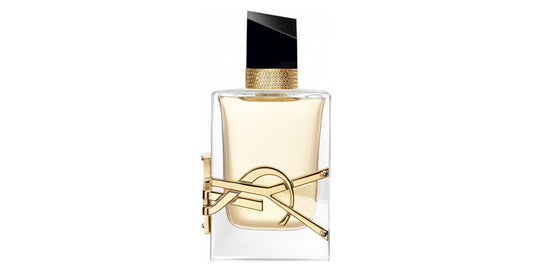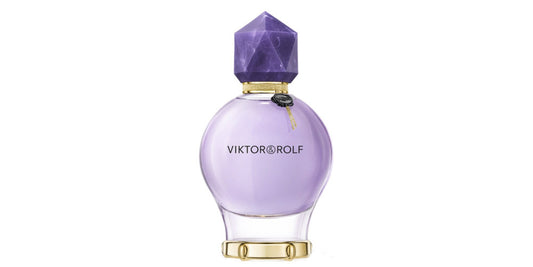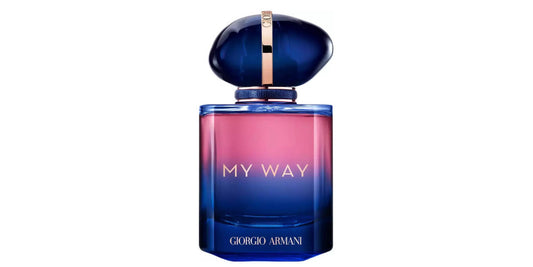Do most perfumes get stronger with age?
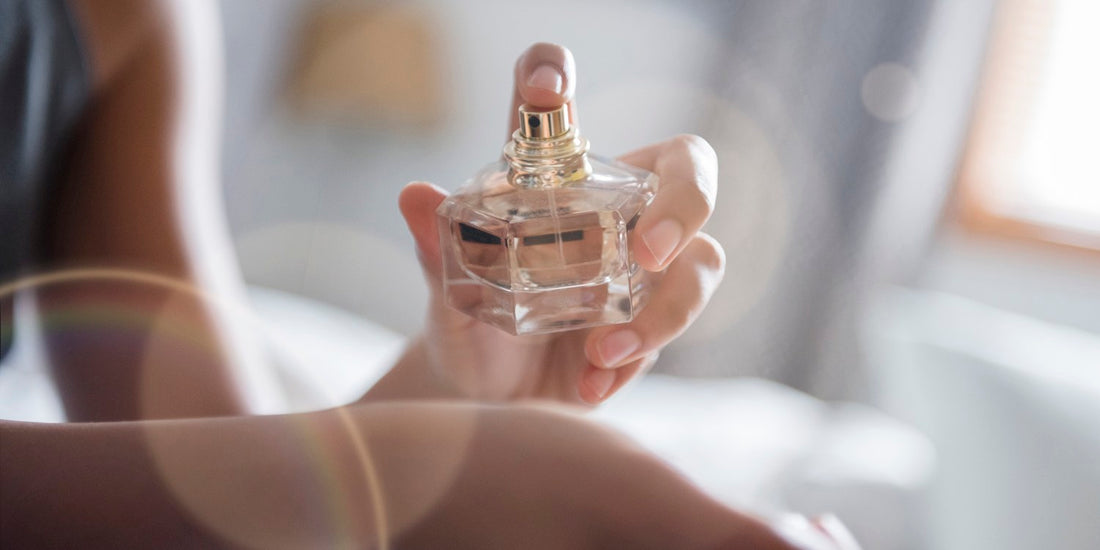
In This Article
Do Perfumes Gain Strength Over Time?
This is a common question that many people have. There are numerous misconceptions regarding perfume aging and whether or not scents grow stronger over time. It's fascinating to observe that perfume and cologne actually grow stronger with age because the base notes left behind in the bottle, such as wood, amber, patchouli, vetiver, or vanilla, are extremely powerful smelling scents. If colognes are not stored properly, they may become unpleasant and smell like vinegar.
The smell or aroma of fragrances, on the other hand, is one of the characteristics that build effect with time. Color is another significant alteration that scents go through. Scents frequently change hue over time — lightening or darkening — depending on their components. Consequently, it is suggested to purchase appropriate-sized bottles so that you may use them within their shelf life. You may extend the shelf life of these fragrances by sealing and storing them securely. Perfume aging in perfume manufacturing is often mistaken for the idea that perfume improves with age. In reality, aging perfume is one of the essential stages in developing a fragrance.
Various scents are mixed and allowed to develop. The fragrance becomes stronger as the scents blend over the following two days to a couple of months. Once the fragrance has set, additional chemicals are poured into it to achieve the concentration that goes into the perfume bottle. This is known as smell aging. Producing the aging of a fragrance in a perfume bottle is also known as perfume aging. After the concentration is combined with the carrier in the bottle (usually alcohol) for several weeks, some perfumeries will enable the perfume to age for a second time. This allows the final product to interact with natural components that require time to settle and blend properly. This is known as scent maceration. It is important to note that perfume aging is one of the stages of manufacturing perfume before it is sold.
As a consequence of this perfume production method, customers think that scents improve with age. It is crucial to understand that these are two distinct concepts! Although alcohol is an essential component of perfume and scents get stronger with age, this does not help the perfume develop better with age. The smell of a perfume changes over time as the original fragrance degrades and fades due to oxidation.
What Causes Perfume to Change Color?
Customers frequently mention their displeasure with the changing color of the scent in the bottle. Color changes in odors have been widespread throughout time. Perfumes change color as their intricate structure fades. Sunlight, UV rays, humidity, and other factors may cause scents to change over time, resulting in a shift in the color of the perfume. It signifies that your scent has grown to the point where it is ready to expire.
Perfumes with a greater concentration of natural oils darken over time. Synthetic perfumes may also discolor. When applied to the skin, such scents may feel thick or oily. Vanilla is often used in perfumes to give us the sweet, warm, and milky aromas we love. Despite the fact that we may like vanilla, scent oils that include it will darken our skin in various shades of tan to dark brown. The more vanilla in a scent, the more discoloration there will be. What, therefore, is the root of this problem? Vanillin, the culprit, is a chemical. Vanillin has the chemical formula C8H8O3, and is also known as methyl vanillin or 4-hydroxy-3-methoxybenzaldehyde. Aldehydes, ethers, and phenols are just a few of the functional groups it contains.
Vanilla bean extract contains a large amount of this compound. In addition to vanilla beans and coffee, this chemical component may be found in foods such as wine, and even berries like strawberries and blueberries. The sweet, warm, and milky vanilla smell found in many of our favorite perfumes comes from an aromatic aldehyde called vanillin. The enormous demand for vanilla owing to its ubiquity necessitates its synthetic production in the lab using components such as cloves, cinnamon, and wood pulp. Vanilla becomes brown when it's exposed to air after being stored for an extended period of time. A reaction with an oxidative molecule, atom, or ion results in electron loss, which is what causes oxidation to occur.
There are several things in the fragrance-making process that speed up the oxidation reaction, such as light, heat, water, and exposure to air. In combination with items with an alkaline pH, vanilla's staining and browning intensify. Vanilla has a pH of 4.3. If the vanillin concentration is high enough, the discoloration may occur quite quickly. So, does it really suggest that it is damaged if the smell alters color and becomes darker? It's common for scents to change color over time. It does not necessarily mean that your perfume is damaged and becomes useless, predominantly composed of natural oils.
However, if your perfume contains a higher concentration of alcohol (60 percent or more) and synthetic components, a darker or discolored perfume should not be applied directly to the skin as it may cause skin irritations or allergies. Such scents may have other uses, such as air fresheners. To maintain the integrity and quality of your perfume, store it in a cool, dark place away from direct sunlight and temperature fluctuations.
